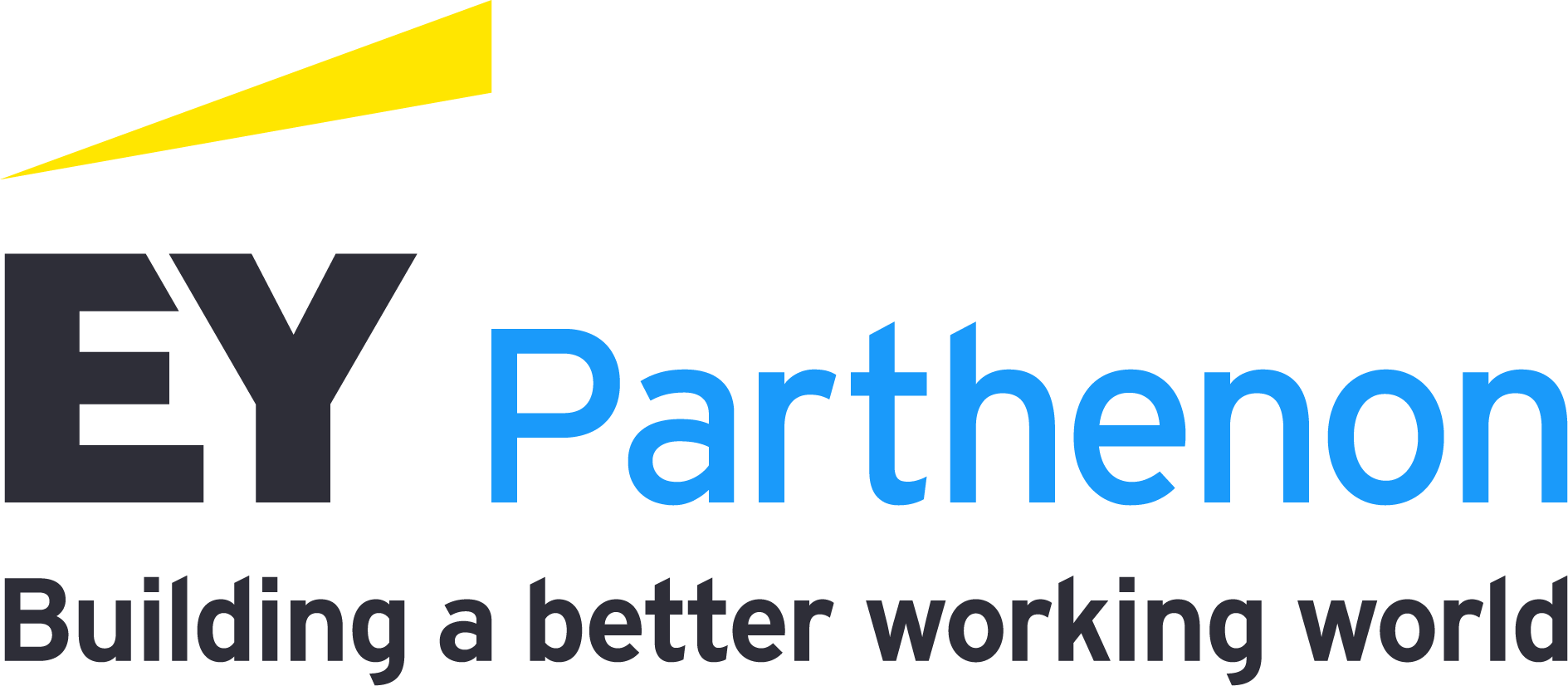Historically, large providers with scale have been able to weather periods of market disruption better than mom-and-pop operators because they have greater access to capital and an increased ability to pivot their sales and marketing approaches and services mix. In fact, many of these companies grew during the Great Recession.
Why is PE investment growing now more than it was previously?
Levy: In the past, the conventional wisdom was that if a residential repair services business became too large, the added overhead and complexity did not sufficiently create advantages when competing with local mom-and-pop operators.
However, there are key catalysts today, including a much greater opportunity for tech enablement, evolving use of digital marketing and growing potential to differentiate via recruiting and training of the labor force in an increasingly labor-constrained environment.
PE firms have also continued to refine and tailor their strategies in many areas of home repair and maintenance services, including:
- Services for existing homes, which is often the preference vs. services for new construction or commercial customers
- The approach to choosing when to retain acquired brands vs. rebranding
- The most appropriate complementary service offerings to combine
- The best use of channel partners, such as big-box retailers, lead aggregators or insurers
- The breadth of geographic focus
What value creation levers currently hold the most potential to drive returns in the home repair and maintenance services industry? How are these businesses using data and technology?
Levy: Operational value creation is critical for success, although the degree to which PE-owned companies are following through on these opportunities can vary partly due to the pace of M&A they are pursuing.
Key levers include technician productivity, recruitment and retention, pricing optimization and sales force effectiveness, digital marketing effectiveness, cross-selling in adjacent services and leveraging procurement across the vendor base, not just with the largest suppliers.
Residential services businesses typically have branch networks spread across geographies, with local management often coming from acquired businesses. There are rich opportunities to track internal performance, benchmark and share leading practices (as well as benchmarking to competition).
Often, PE firms need to implement new core software platforms for financial reporting and managing operations, which is a significant undertaking. A substantial amount of blocking, tackling and prioritization is required given the speed of M&A and limits on management bandwidth. But the result can have a substantial impact on growth and margins.
How are PE investors shifting their investment strategies in the residential services sector?
Levy: Because valuations are higher on established assets in home repair and maintenance services, some PE investment is starting much smaller in a buy-and-build strategy. What might have been an add-on target company before may be a platform today if there are key executives to build around. This strategy requires more operational legwork and risk but presents an opportunity for significant value creation at exit.
There are also less-discovered categories in residential services for PE where there may be an early-mover advantage. These include recurring services categories, such as in-home improvement, where there is an opportunity to improve sales and service models. An example is a two- to three-day “quick hit” remodel to address a specific need vs. a full custom remodeling project.
Investors are also focused on finding individual categories that fit best with their specific investment theses, such as electrification of the home or a transition from DIY to DIFM (do it for me) supported by generational changes (e.g., gutter cleaning) or capitalizing on services where homeowner education can drive adoption (e.g., foundation repair).
There has been some pullback in PE deals. What is next for PE investment in home repair and maintenance services?
Levy: In the current environment, buyers are much more reluctant to commit to premium valuations. In addition, the lack of financing availability, particularly for larger deals, is a significant constraint. That being said, activity has been relatively resilient, and high-quality businesses are still coming to market. Interest levels from our private equity clients remain very high in this sector.








